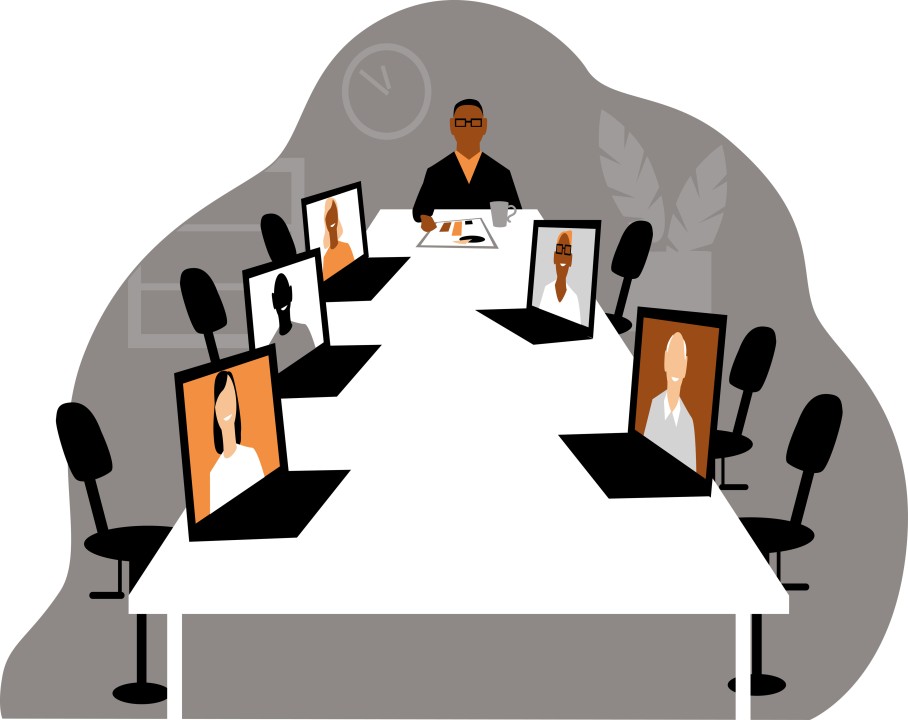
Osmatic Communication – Learning by osmosis in a hybrid office.
I love this new world of hybrid working that has emerged post COVID and the flexibility and inclusivity benefits it brings. However, like many, I'm grappling with how to get the best engagement and productivity in this new hybrid world.
I recently came across the term "Osmatic Communication", credited to Dr Alistair Cockburn, a leading figure of the agile movement. It describes indirect information transferred through overhearing conversations or simply noticing things happening around you, learning by osmosis. As you can imagine, this is highly dependent on teams being co-located. As a big advocate of intentional communication, I don't believe we should simply rely on being together to ensure a successful team. So where does this missing Osmotic communication piece fit into the new hybrid office model?
As a consulting company, we face unique challenges in how we get the most out of our in-office time. Our preference is for consultants to spend time onsite with our customers, but we still want to retain meaningful social engagement while giving our consultants flexibility. The area that we are really focusing on is how we upskill juniors in this new learning environment.
The world has changed greatly since I hired interns and graduates into my team pre-COVID. The amount of knowledge in terms of behaviours and skills that our juniors picked up, merely by sharing an office with more experienced and seasoned consultants is only now being realised. I recall some of the tiny cues and nudges in those days - 'maybe you want to bring a notepad and pen to this meeting' or noticing when someone hasn't quite grasped a concept and being able to intervene directly.
Recreating this osmotic learning via intentional knowledge-sharing or training sessions is challenging.
Initially, we designed a consulting 101 and other training workshops and included those in our orientation week, determined to compensate for this new way of working. The feedback? Information overload. Unsurprisingly, trying to cram the first 6 months' worth of subtle on-the-job learning into a few workshops was not a resounding success.
So when I heard about learning by 'osmosis', it struck a chord. We continue to learn and try more creative ways of joint projects and shadowing to ensure the vital traits of a successful consultant can be observed by newer team members. However, I will admit it is hard to see a new successful model that requires no face-to-face 'osmosis' time.
How have you successfully upskilled new members of your team? I'm eager to learn from your experiences and insights. Let's connect and continue this conversation.
#hybridwork #remotelearning #graduates
Principal Consultant/Program Manager
10moSpot on Mythili - I've found it really challenging over the last 3 years to guide less experienced team members. Being around people makes it much easier to see an opportunity for learning without necessarily interrupting a stream of work, which can happen when you jump on an unplanned Teams call. For me, one thing that works is having camera's on in all Teams calls. It is one way of being able to pick up on visual cues that we miss from not being co-located. So much of what we communicate is non-verbal so we definitely need to be able to see each other.
Principal Consultant - Data| Analytics | Architecture| Strategy | Engineering | AI | MLOps | Cloud Native
10moWell said. It's absolutely true. On the job observation based learning is important.